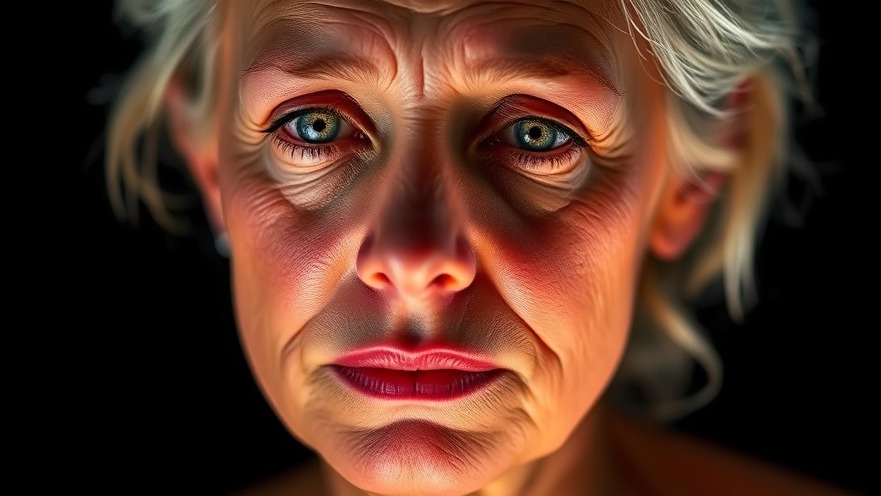
Understanding cGAS-STING Signaling in Skin Aging
The skin, our body’s largest organ, undergoes various forms of stress due to environmental factors, and among the most significant is UV radiation. This exposure is not just about getting sunburned; it triggers a complex response within our skin cells that can speed up the aging process. One critical player in skin response to this stress is a pathway known as cGAS-STING.
The Role of cGAS and STING in Our Immune Defense
When DNA fragments escape their normal compartments, they can elicit a powerful immune response. This reaction is mainly coordinated by proteins cGAS (cyclic GMP-AMP synthase) and STING (stimulator of interferon genes). The usual job of cGAS is to detect DNA in the cytosol—essentially the cell's interior—while STING relays signals to increase inflammation. When cGAS gets activated by DNA leaks, it can lead to chronic inflammation, often seen in aged skin. Researchers are focusing on these pathways to find ways to reduce unwanted inflammation linked to aging.
The Effects of UV Radiation on Skin Health
Exposure to UV radiation can result in photoaging, a condition characterized by wrinkles, loss of elasticity, and, alarmingly, increased inflammation. It's a vicious cycle: sunlight damages skin cells, prompts them to send distress signals, and ultimately leads to further aging. When keratinocytes and fibroblasts in the skin lose DNA integrity due to UV exposure, the body responds by activating the cGAS-STING pathway, which compounds the problem by sending out pro-inflammatory messages that attract immune cells to the area.
Why This Matters for Our Health
Beyond appearance, understanding the cGAS-STING signaling pathway is crucial for developing treatments aimed at addressing the root causes of skin aging. Researchers envision therapies that might target these inflammatory pathways to enhance skin health and slow down the aging process, offering hope for better future care.
Embracing Sun Protection as a Wellness Strategy
As we learn more about the damages that UV radiation can cause, proactive measures become even more vital. Simple habits like wearing sunscreen daily, seeking shade, and wearing protective clothing can significantly minimize UV exposure and its toll on skin health. By adopting these practices, we not only take care of our skin but also embrace a broader approach to health that prioritizes prevention over damage control.
 Add Row
Add Row  Add
Add 




Write A Comment